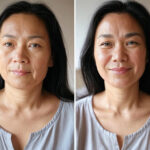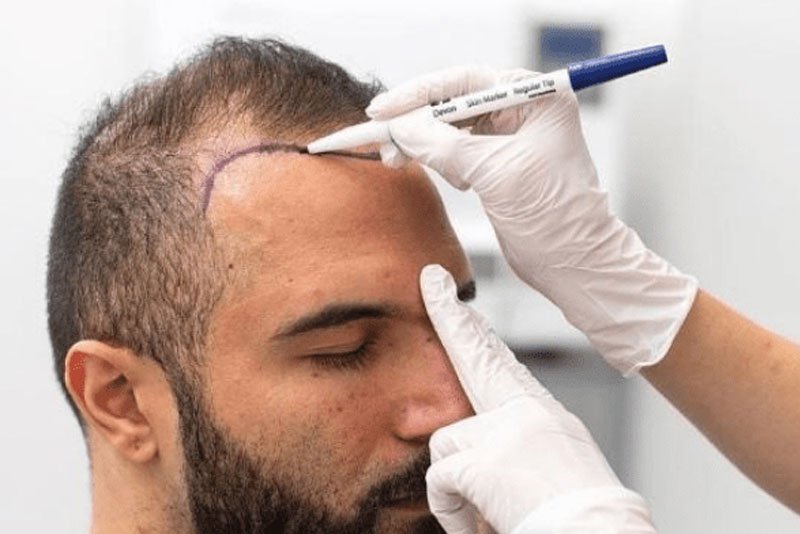Getting a Hair Transplant is a major step toward restoring your confidence and achieving the look you’ve always wanted. But the journey doesn’t end in the treatment room. In fact, the real results depend heavily on how well you take care of your scalp and newly transplanted hair afterward. Proper aftercare can significantly influence the success of Hair Transplant in Dubai and help maintain long-term, healthy hair growth. In this article, you’ll discover essential aftercare tips that protect your new follicles, reduce discomfort, and ensure lasting results. These practical and easy-to-follow suggestions can make all the difference in your recovery experience and the effectiveness of your new look.
The First 48 Hours: Handle With Care
The first two days post-procedure are the most crucial. Your scalp will be sensitive, and the transplanted follicles need a safe, clean environment to begin anchoring. During this window, avoid touching, scratching, or washing the area. Even seemingly minor actions can disrupt the fragile grafts and reduce their survival rate.
Avoid any physical activity that causes sweating. Sweat can introduce bacteria and slow the healing process. If your scalp itches or feels tight, try using a cool compress on the forehead—not directly on the transplant area—to relieve discomfort.
Sleep Smart: Elevation Is Key
One of the most overlooked tips is sleeping in the correct position. Keeping your head elevated at a 45-degree angle helps minimize swelling and pressure on the newly implanted hair. Use multiple pillows or a reclining chair if necessary. Try to sleep on your back and avoid resting your head directly on the treated area to prevent accidental rubbing or displacement of grafts.
Gentle Washing: Don’t Rush the Process
You may be tempted to resume your regular hair-washing routine, but patience is essential. Wait at least three days before gently rinsing your scalp with lukewarm water. When the time comes to wash your hair, do so carefully, using a mild, fragrance-free shampoo. Avoid strong water pressure and instead use a cup to pour water over your scalp.
Pat dry with a soft towel—never rub. Excessive friction can pull at the newly rooted follicles. Follow this washing method for the first week and gradually return to normal washing routines only after the scabs have healed completely.
Avoid Direct Sun Exposure
Protecting your scalp from the sun is vital for proper healing. Newly transplanted follicles are especially vulnerable to UV rays, which can dry out the skin and cause inflammation. Avoid direct sun exposure for at least two weeks, and if you must go outdoors, wear a loose-fitting hat that doesn’t press against the scalp. Think of your scalp as new skin that needs shielding until it adjusts and recovers.
Skip the Gym and Sauna—for Now
It’s essential to avoid heavy exercise, gym sessions, or any activity that causes sweating for the first 10 to 14 days. Sweat can cause infections and delay the healing process. Also, stay away from saunas, steam rooms, and swimming pools during this period. Chlorine and high humidity environments can irritate your scalp and threaten the success of your Hair Transplant.
Once your scalp is fully healed and your care provider gives the green light, you can resume your normal physical routine—but not before then.
Don’t Pick at Scabs
Scabbing is a natural part of the healing process, and while it may be tempting to touch or pick at them, doing so can damage the follicles and lead to permanent scarring or patchy hair growth. Let the scabs fall off naturally. Applying gentle saline sprays can help loosen them and support hydration without compromising the grafts.
Stay Hydrated and Eat for Growth
Your body’s internal health reflects in your hair’s external appearance. Drinking plenty of water and maintaining a balanced diet rich in vitamins like A, C, E, and biotin supports healing and strengthens new hair. Protein is also essential, as it serves as the building block of hair. Incorporating lean meats, nuts, eggs, and leafy greens into your meals can accelerate recovery and promote healthier, thicker strands over time.
Say No to Styling and Chemicals
Hold off on using styling products like gel, mousse, or hairspray for the first few weeks. These can clog follicles and introduce unnecessary chemicals to your healing scalp. Additionally, avoid coloring, bleaching, or perming your hair until at least one month post-procedure. This ensures your follicles have had enough time to anchor and won’t be irritated by harsh treatments.
Patience Is Part of the Process
After a Hair Transplant, it’s important to understand that visible results take time. Many people notice shedding of the transplanted hair within the first month—this is completely normal. It’s called “shock loss” and is part of the growth cycle. New hair growth typically begins around the third or fourth month, with full results visible after eight to twelve months. During this time, consistency in aftercare and patience will be your best allies.
Follow-Up and Routine Scalp Maintenance
As you transition into the long-term phase, continue to treat your scalp with care. Use shampoos designed for sensitive or recovering skin, and consider investing in scalp massages to stimulate blood circulation and follicle strength. Incorporating these practices into your weekly self-care routine can make your new hair even healthier and more vibrant.
Avoid stress, get enough sleep, and continue fueling your body with the right nutrients. These aren’t just good for your overall health—they’re essential for maintaining the success of your hair restoration journey.
Final Thoughts
Your new look starts with the Hair Transplant Dubai but it thrives with the right aftercare. By following these simple yet powerful tips, you can ensure your scalp heals smoothly and your new hair grows strong and healthy. From the first 48 hours to long-term maintenance, every step plays a role in protecting the investment you’ve made in yourself. Stay consistent, avoid unnecessary risks, and embrace the journey with confidence—because the best results come to those who care.
- Essential Aftercare Tips to Protect Your Hair Transplant Results
- Get the best hair transplant in Dubai with natural, permanent results. Experts in FUE, FUT & hair restoration. Book a free consultation today!
- Hair Transplant in Dubai,Hair Transplant Dubai
Related posts:
 The Rise of the Probiotic Drink: A Wellness Staple for Gut and Liver Health
The Rise of the Probiotic Drink: A Wellness Staple for Gut and Liver Health
 Empowering Senior Living: A Comprehensive Look at Elder Care Services in India
Empowering Senior Living: A Comprehensive Look at Elder Care Services in India
 What Happens If I Stop Getting Anti-Wrinkle Treatments? – Learn
What Happens If I Stop Getting Anti-Wrinkle Treatments? – Learn
 Nature’s Wrap: Exploring the Biodegradable Packaging Revolution
Nature’s Wrap: Exploring the Biodegradable Packaging Revolution
 Ashtanga Hridayam Book : The Essence of Ayurveda with CSS Banaras
Ashtanga Hridayam Book : The Essence of Ayurveda with CSS Banaras
 How the Neurology and Mental Health Conference 2025 Empowers Patients
How the Neurology and Mental Health Conference 2025 Empowers Patients
 Dentist in Largo Florida – Expert Care with a Personal Touch at Blue Dental Largo
Dentist in Largo Florida – Expert Care with a Personal Touch at Blue Dental Largo
 What Are Common Myths About Laser Vaginal Tightening Treatment?
What Are Common Myths About Laser Vaginal Tightening Treatment?






